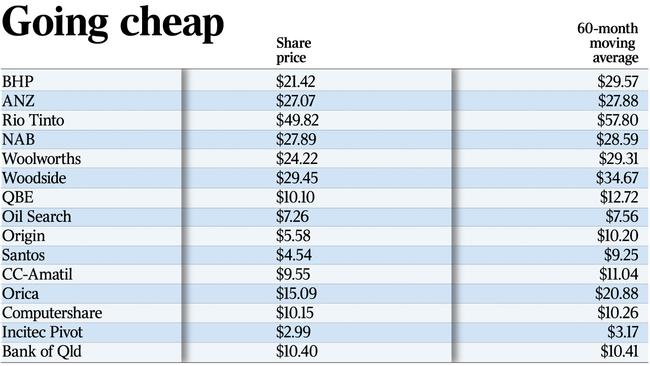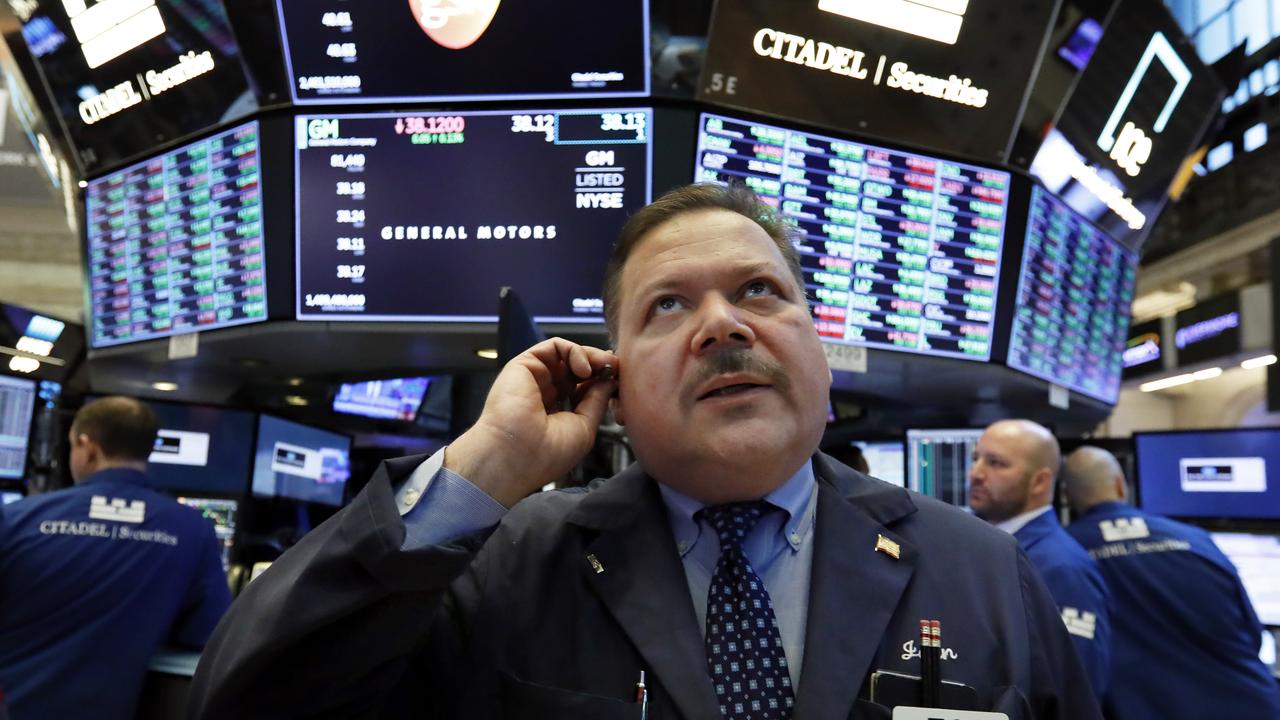Finding a turnaround story in unloved stocks
The ability to spot a corporate turnaround story is highly prized among fund managers.

Perpetual looked to be on a winner with its Woolworths stake on Thursday, as shares in the struggling supermarkets giant surged to a 10-month high. There seemed to be some opportunistic profit-taking as the stock pared almost half of a 7.6 per cent intraday rise to close up 3.9 per cent at $25.17, but those betting on a turnaround won’t be shaken.
Woolworths faces downward pressure on prices amid competitive threats from Aldi and Costco, but new chief executive Brad Banducci has moved swiftly to cauterise the wound left by former CEO Michael Luscombe’s Masters hardware folly, return Big W to profitability and slash the dividend. In an attempt to regain market share, Woolworths has pushed its profit margin below that of rival Coles, and Banducci says the pick-up in sales is no flash in the pan.
UBS is concerned that consensus earnings forecasts for fiscal 2017 are too high. If so, the share price could already be expensive. The investment bank also says Woolworths has not done enough to strengthen its balance sheet, heightening the risk to its credit ratings.
But cash flow and net debt in the results were better than expected. Banducci says it’s a “three to five-year journey” and value investors only need to be confident that things aren’t getting worse. Lower interest rates could help, with several economists expecting two more cuts in the year ahead.

Overall, it can often be a mistake to doubt the ability of large companies like Woolworths to turn themselves around once they start to take action. The reinvigoration of Coles under Wesfarmers is a great example, as is the post-GFC recovery in the major banks, Treasury Wine and Aristocrat. More recent examples include BlueScope Steel, Seven Group and Ansell. Some of the resources names could also be labelled turnaround stories.
Some of the banks could also have potential for an earnings turnaround, more so ANZ and NAB. But some analysts say the sector needs to raise more equity capital and faces headwinds from rising bad debts and falling margins as interest rates decline.
Coca-Cola Amatil looks well on its way towards a turnaround, despite investor concerns about the outlook for carbonated soft drinks. Many have tried to predict an earnings turnaround for QBE Insurance but it’s hamstrung by record low interest rates.
As for Woolworths, it’s now in one of those interesting situations where its share price — after a two-year slide — has moved decisively above the consensus 12-month target of $22.45. That’s good for the prospect of a sustained turnaround because the consensus view is usually wrong.
Also, while the proportion of Woolworths’ stock sold short remains high, at 7.9 per cent, it has retreated from 10.5 per cent in January. Hedge funds tend to get it right in the short term, but they have been paring back their short positions on Woolworths in the past six months.
In that period, Woolworths shares have found strong support near the 50 per cent Fibonacci retracement of their lifetime rally — $20.76 — most recently bouncing 28 per cent from the low. In late July, the stock moved decisively above its 200-day moving average for the first time since September 2014. The 200-day moving average has stopped falling — suggesting the two-year downtrend could be over. That line may now offer support at $22.65.







The ability to spot a corporate turnaround story is highly prized among fund managers, more so now that the price-to-earnings valuation of the Australian sharemarket has been stretched to a decade high by record low interest rates and value is increasingly hard to find.